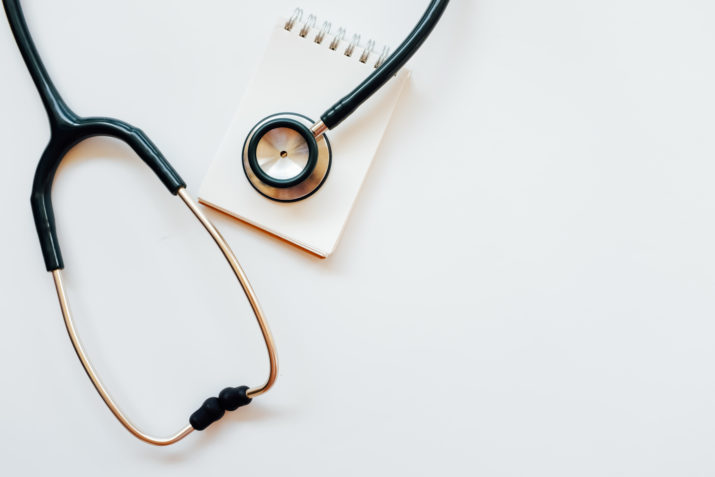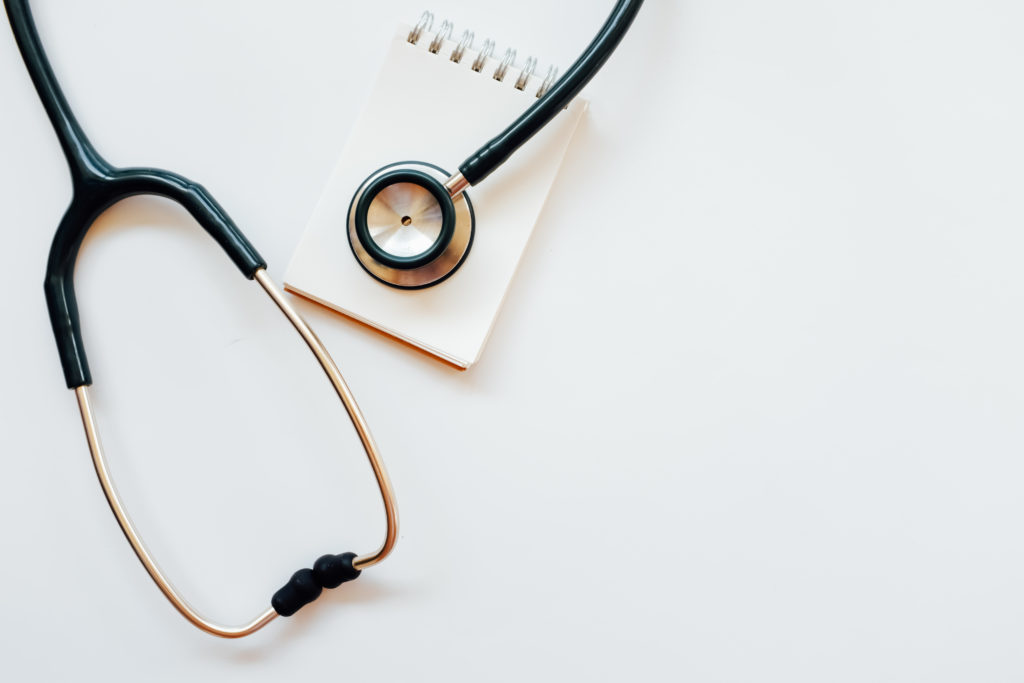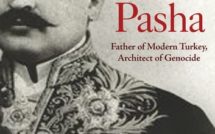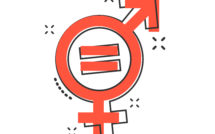

This is part of our Campus Spotlight on the University of North Carolina, Chapel Hill.
When I was in graduate school, the most emphasized skills were learning how to carry out historical research and present it to multiple publics. In colloquial terms, these skills were “the money,” often literally, as they were highly prized in the academic job market that I knew in the 2000s. Now a decade into my job as a professor, I am learning that teaching is not only as important as my research, it is also personally and professionally rewarding.
I am a historian, and the bulk of my teaching takes place in the School of Medicine at UNC. My department, the department of Social Medicine, includes twenty core faculty: clinicians, social scientists, and humanities scholars (one historian, myself, among them). We teach several mandatory courses in the medical curriculum. You can get a glimpse of the specifics here. Social Medicine, as a philosophical and methodological orientation, has been around institutional medicine since the nineteenth century, and it has always been an important aspect of education at the UNC School of Medicine since its establishment in 1952, even before my department was officially created in 1978. My department’s pedagogical goal is to advance and defend the notion that physicians-in-training must come to see health, illness, clinical work, and medical organizations as immersed in a thick broth of culture and politics, shaped by and responsible for shaping social and inter-personal relations.
A key challenge pushing for this vision is something we have faced since the earliest days of the department: how can we make room for humanities and social science pedagogy in a medical curriculum that is (1) quite full; and (2) dominated, especially in its early stages, by the idea that multiple-choice-testable knowledge is the most important part of a medical education? Before I get into the substance of my teaching, I want to acknowledge the political and financial challenge of sustaining spaces for the kind of pedagogy we do. (The leaders in my department and the medical school deserve a lot of credit for this!)
Social Medicine has a relatively heavy footprint in the medical curriculum. In the first year, we teach a course called Social and Health Systems (SHS 1-2), which is an introduction to social sciences and humanities perspectives on illness and medicine. SHS 1-2 has been a year-long mandatory course since 1978, even though it’s gone by different names and added and dropped topics over the years. For example, in the late 70s, we had a whole unit on the Soviet health care system. At the time, it seemed like the kind of thing about which physicians trained during the Cold War ought to know something. We no longer teach that topic, but do teach one on sexual identities and health, quite a sign of our times. To teach the course, the entering class of about 190 is split up into small groups, which each of us, in addition to a cadre of dedicated clinical colleagues from Family Medicine, Medicine, Pediatrics, and Psychiatry, runs as a discussion seminar that meets weekly, with a common syllabus of assignments and readings. Many of the latter are drawn from a best-selling compilation my department put together, The Social Medicine Reader, now in its third edition. On SHS 1-2 teaching days, the whole group of instructors has a meeting just before going to our respective sections, in which we think through how we are going to approach the day’s topic. The meetings are lively and very informative, and they have been lovingly referred to as “cafeteria food fights” and “bad group sex.” Almost always, I leave quite satisfied.
In their second year, medical students have to take another course in the humanities/social sciences that explores topics raised in SHS 1-2 in greater depth. Members of my department offer courses in their specialty (like narrative medicine) or a research topic on which they’re currently working (like the health of incarcerated people). Students rank their preferences for these courses, which go by the collective name of Social and Health Systems 3 seminars (SHS 3), and then get assigned to one of them. Since students opt to take that class, they are usually quite keen on the subject. My course on the history of medicine from the patient’s point of view meets as a weekly seminar. Every year, it has between 13-16 students.
I have dealt with some interesting substantive challenges teaching SHS 3.
Challenge #1: Curating the secondary sources. Medical students read little professional history, and I don’t assign more than thirty pages of it, usually the length of one scholarly article or chapter. Over time, I have worked out a sense of readings that draw them into discussion, but teaching the course also encourages me to keep an eye out for new secondary sources that I want to try out. You can see the outline of readings from the latest edition of the course, from the Fall of 2018. I will not compromise on students reading primary sources, though, so we often read those quietly in the seminar, and then discuss them together. Primary sources are the lifeblood of history, and I would be shortchanging students if I didn’t show them the kind of evidence that historians use to create our arguments. In addition, primary sources can be quite ambiguous, which forces students to think creatively about the multiple ways in which a source can be interpreted, as well as to reflect on the broader historical context in which a primary source is produced as a pre-requisite to understand the source itself and the people to whom it would have been originally directed. It’s a skill that is readily translatable to the interpretation of clinical and public health evidence in the present.
Challenge #2: All components of medical training are interlocked. My SHS 3 course is not the only thing students will be working on, so it’s essential for me to know what else is going on that week that will affect their performance. My semester-long course overlaps with the neurologic, endocrine, and reproductive system courses. If students have just finished a test in one of these just before meeting with me, for example, they might be exhausted. One exercise I have them do to connect what we do with those other parts of the training is to think historically about what they’re learning in the organ system block they’re covering at the time. Specifically, I ask them to recall the block’s content, and think about what they would like to know more about, such as the history of a given technique or individual, or how patients experienced certain health-related problems in the past. Students will write these questions on a sheet of paper. I collect them, and then pass them back to the students and to my basic science colleagues teaching in the organ system blocks. It’s a productive way to deepen students’ engagement with the medical science they are learning.
Here is an example of an assignment from my course on the history of medicine from the patient’s point of view:
Assignment instructions
The goal is for you to engage more deeply about what you have learned in your endocrine block by posing a hypothetical historical question about it. To do this, please go back over the block’s content, and think about what you would like to know more about. It could be, for example, about the history of a given technique, social determinant, or individual, or it could be about how patients experienced certain health-related problems in the past, or about how physicians in the past would have made sense of a health problem given their local circumstances and resources. The key thing to ask yourselves is: “would knowing this enhance my appreciation of the science I have been learning?” If your answer is yes, then you have a good question.
Here is a sample of student-generated questions in response to the assignment prompt:
- Our endocrine block treatments seem centered around replacing hormones and often giving medications with very specific biochem characteristics. Before there was this kind of technology, were endocrine disorders treated by removing glands? Since this is still a common technique (and a successful one), was there a decent success rate of identifying the problematic source and removing it or was identifying the glad a challenge in itself?
- Before the advent of glucometers and HbA1c measurements, how did physicians help patients manage diabetes? How did they differentiate between well and poorly controlled disease?
- When did endocrinology as a field feel the need to be a unique discipline distinct from the rest of medicine, rather than remaining under the purview of generalists & internal medicine doctors?
- What is the origin of the term “cretinism” and why it relates to hypothyroidism?
- When did people begin to use hormone replacement therapy? In what context? What sources?
- I’m curious how physicians discovered that some hormones have a diurnal or circadian rhythm to their secretion. Was it by chance or did patients and studies indicate that this was the case?
I share these questions with the colleagues who teach in the organ system blocks. Invariably, the response is enthusiastic. For example:
“Thank you so much for sharing—this is so insightful and really brilliant! I am impressed by their interest! I have tried to add some context and recommend a movie (sometimes a book) that sheds light on some aspect of the topic at hand. Sounds like this group is engaged! Now, if we can just get back to class!!!!”
There are two additional ways in which I am involved in medical education. In the second half of their second year, students take the USMLE Step 1, a national exam about the scientific aspects of medical practice. After that, students start twelve months of mandatory rotations in different clinical services. It can be a disconcerting period: on the one hand, their medical learning increases a lot very quickly, immersed as they are in clinical environments; on the other hand, they can face some very alienating experiences, their first openly racist patient, for example, or their first near fatal mistake. A wonderful colleague from Medicine who used to teach in SHS 1-2 advocated for the need to create a curricular space so students could reflect on these things and put them in context. That was how SHS 4 was born, about four years ago. Students return once a month from clinic for a day back to school, some of which is spent in small groups building up their critical thinking, interprofessional teamwork, communications, and ethical analysis skills.
These back-to-school days start with a plenary, usually delivered by medical school faculty on topics such as service learning or difficult conversations with patients. After that, the class is split into small discussion groups of about fifteen, and each is co-run by a clinician and someone with a humanities/social science/divinity background. We use a common syllabus that emphasizes the use of students’ own clinical experiences – which can be quite intense – to guide seminar discussions. Since I started teaching this course, my clinical counterpart has been a brilliant and hilarious psychiatrist. She’s taught me the importance of loosening my expert hat in these meetings. In fact, less than a historian (or a psychiatrist, for that matter), what students seem to need more in this context is modeling respect for one another, which includes respectful disagreement, practicing the value of confidentiality, and reflecting on how to fold the insights learned in SHS 1-3 into their own experiences.
The final bit of our humanities/social science pedagogy involves elective independent study projects of fourth year medical students who choose a topic of research that is relevant to Social Medicine, and that they can read and write on for approximately six weeks (the duration of many clinical rotations), with some kind of scholarly product as a deliverable, directed by someone in my department. Over the years, I have precepted students who read and write about the history of anatomical illustrations, and about the early incorporation of history in medical curricula in the US in the eighteenth century, to name a couple.
An old professor of mine used to say that teaching renewed him every time, with every single group of students and class dynamics being different, despite the fact that the course topics changed relatively slowly. Check. In addition to that, I am finding that teaching is now deeply bound with my own aspiration to do a good job in a medical school. Social structures, patients’ perspectives, and inter-professional dynamics play a major role driving health/illness and medical work. This is a lesson that medical students grasp intuitively and value as something that enriches their clinical learning.
Raúl Necochea López is an Associate Professor in the Department of Social Medicine at the University of North Carolina, Chapel Hill. He teaches in all four years of medical school. His current research deals with the history of cervical cancer care in Latin America, from the late nineteenth century to the age of HPV.
Published on June 11, 2019.




